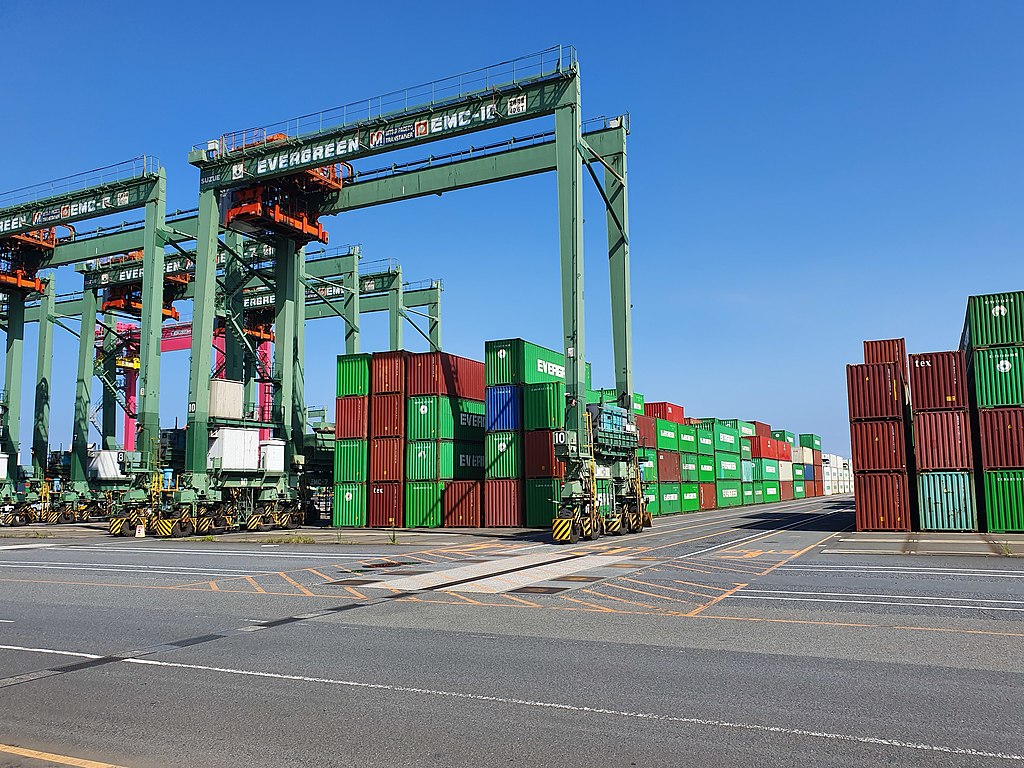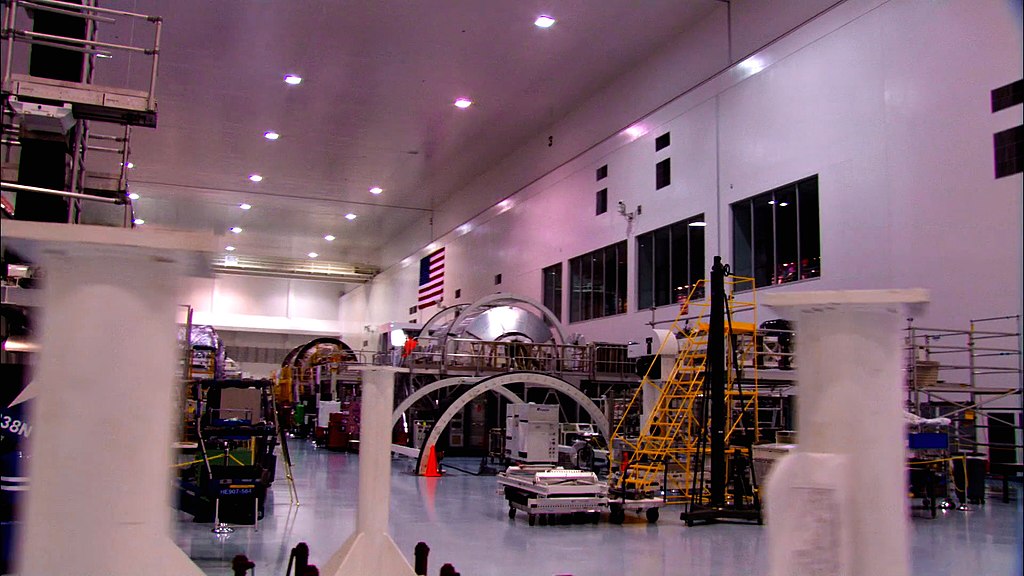Supply and demand are two economic forces that are fundamental to commerce. Without supply and demand factors, trade for goods and services simply wouldn’t exist, and even if trade did somehow exist, it would be nearly impossible to quantify or qualify. Supply designates the number of goods available at a given time, and demand designates the number of requests for the supply. These two forces need to be balanced in order to achieve economic stability, but achieving this balance is nearly impossible since one force or the other will almost always be higher.
How Supply Chains Affect This Balance
Supply and demand are constantly in flux since needs and desires change all the time while the availability of goods can change at a moment’s notice. This is what happened at the outset of the Covid-19 pandemic where demand for certain goods far outstripped supply. The supply chain, or the pieces of transport networks that work to get goods to customers, was also affected by facility closures and lockdowns, causing even less supply to meet an ever-growing demand. Even business owners who had previously gotten a quote to purchase materials and supplies were left empty-handed since supply chain disruptions meant there physically was no way to transfer goods to market.
Understanding Pricing As It Relates To Supply Chains
Putting Covid-19 aside, supply chains can affect supply and demand in other ways that may have a direct impact on prices. Suppliers need to get goods to market, and they need to pay companies along the supply chain to do this. Costs necessarily go up as a result, and these costs are often built into the products being sold. This raises costs for customers, and if prices get too high, demand goes down because items become unaffordable. In this sense, links within the supply chain can have a big effect on supply and demand.
In an attempt to keep supply chain costs low, suppliers often look for the most efficient routes in a supply chain. If your company has to send freight to another country, but the freight has to move to several additional hubs before being sent overseas, you may be able to save money by finding distribution partners that offer a more direct route to the customer.
To overcome these challenges, companies like Amazon have built entire warehouse and logistics networks where the supplier vertically integrates itself into its own supply chain. This allows companies like Amazon to offer two-day shipping and even same-day shipping in some cases. Other companies are turning to logistics services that incorporate less-than-truckload (LTL) delivery to move smaller shipments of freight along supply chains.
Acting Quickly Is The Key
Supply and demand can be affected by supply chains directly due to speed-of-service as well. A supplier needs to be able to act quickly to capitalize on opportunities when demand is high. In some cases, demand will only be high for a relatively short period of time due to trends or fads. If a supply chain cannot move goods fast enough to areas where demand is high, a supplier may miss out on opportunities to sell products.
How The Internet Is Changing Supply And Demand Along Supply Chains
The Internet is also having a big impact on supply and demand as they relate to supply chains. Online shopping is quickly becoming the main way in which consumers purchase goods, and this is changing the way that manufacturers are getting products to customers.
Instead of having to rely on supply chains to get large loads of items to retail stores, manufacturers are, in some cases, selling directly to customers via online ordering. This reduces the wait time for the customer, and it allows manufacturers to avoid the time and expense required when relying on a traditional supply chain.


